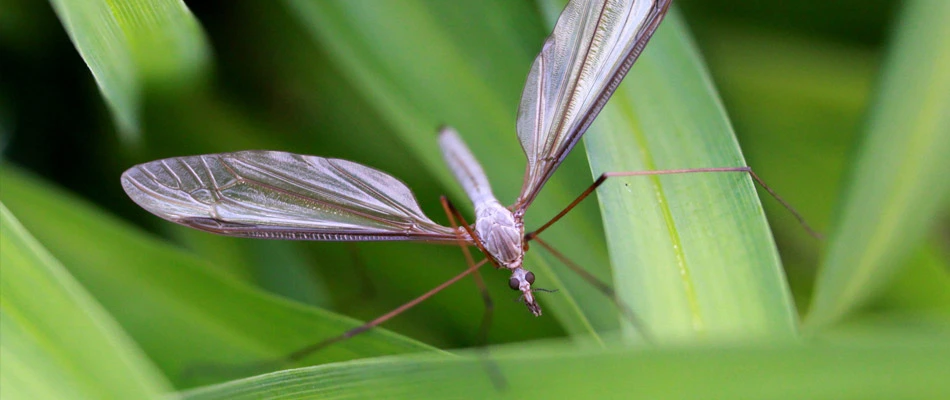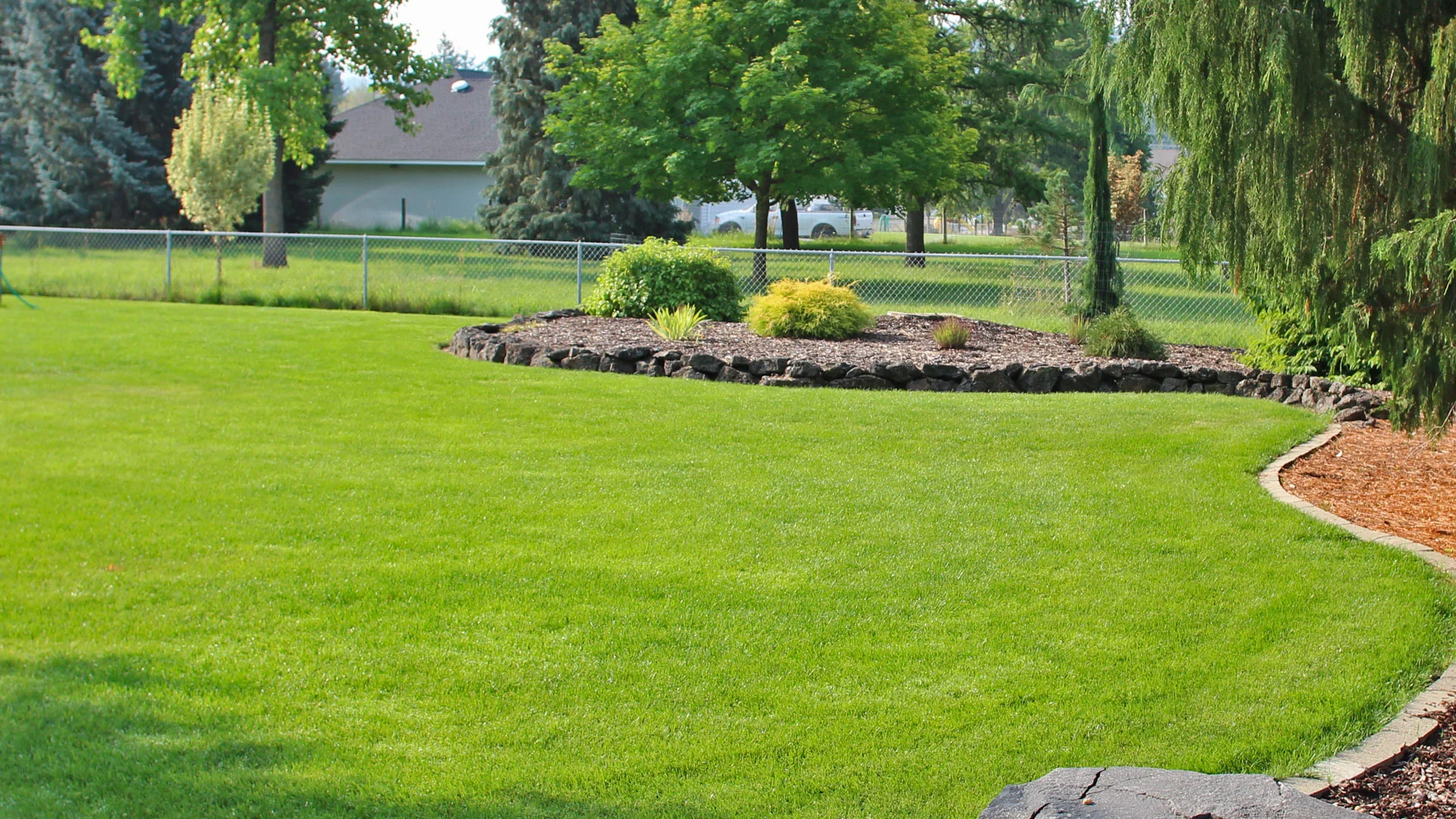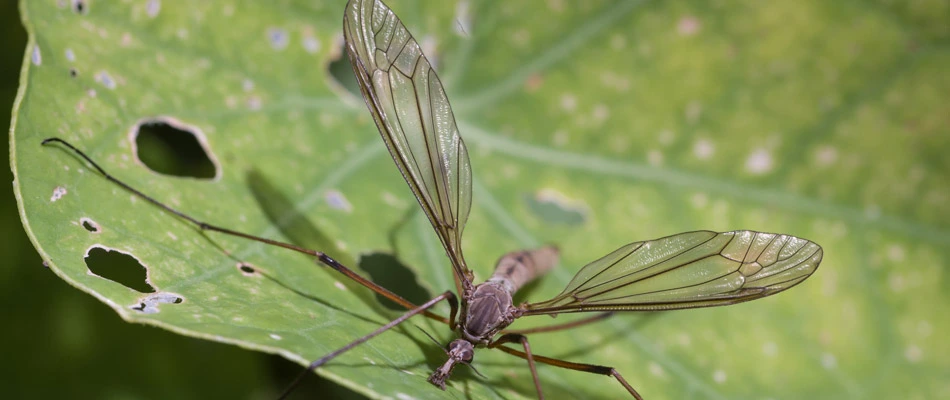In eastern Washington, we have a few problematic insects that can kill off a lawn, but European crane flies can cause damage to your lawn and weaken it, making it more susceptible to other threats such as weed invasion.
These insects often invade Washington lawns in winter or early spring, which means now is the time to check for any damage or signs of these pests. Learn about the European crane fly and how it affects lawns throughout Spokane, Liberty Lake, Spokane Valley, and the surrounding communities.
What Is a European Crane Fly?
European crane flies come from western Europe and are an invasive species. They were brought to Canada and discovered in the 1960s. An adult crane fly looks similar to a larger mosquito, with two wings. Their life cycle lasts approximately one year. Their larvae hatch in the late summer and begin feeding on roots, shoots, and the crowns of your grass. These larvae have leathery-like skin, giving them the name "leatherjackets."
Signs of European Crane Fly Damage
Once early spring arrives and your grass begins to grow out, you may notice thinned out areas in the lawn. These areas may be affected by the European crane fly larvae. If you see an increased presence of starlings, robins, or other birds rooting around in those thinned out areas, that's a good indicator of larvae being present.
Examine for crane flies by digging up about four random spots in your lawn to count the larvae. Each spot should be about 6" x 6". Search for larvae and multiply the number you find by four to determine whether or not you have a large-scale infestation. According to Washington State University, treatment should be applied if there are 25-30 larvae per square foot.
Once you've determined the level of infestation, it's recommended to contact a lawn care professional to assist in creating a treatment plan.
How Crane Fly Damage Can Affect Your Lawn & How We Treat for Them

While the damage caused by crane flies does eventually grow out as the growing season continues, that damage could leave behind lasting effects. Larvae feeding on the grass weakens its overall structure, which then makes it much more likely for problem weeds to take root in your lawn. Once weeds invade, they will continue to weaken and eventually choke out your grass.
Treatment for crane flies, as with most lawn issues, is best applied in a preventative manner. We offer European crane fly treatments in the early spring to prevent the larvae from damaging your grass as it begins to emerge from dormancy and enter the growing season.
A regular lawn care program is the most effective way to fortify your grass against crane fly and other insect infestations. The pros at Sure Green Lawn & Tree Service will create custom-blended fertilizers that strengthen your lawn and administer any other lawn care services required to keep your lawn healthy. WSU states that a healthy lawn with best management practices applied to it could have up to 40 crane fly larvae per square foot and not show any signs of damage. In other words, a well-cared-for lawn should not typically encounter issues with European crane flies.
Do you suspect your lawn may have issues with European crane flies? Contact us to help.
At Sure Green Lawn & Tree Service, we have more than 25 years of experience caring for residential and commercial lawns throughout Spokane Liberty Lake, Spokane Valley, and the surrounding areas. If you suspect you may have European crane fly issues, then contact us now at (509) 927-6767 to help!



Comments (0)
Thanks for your comment!
Thanks for your feedback! Your comments have been successfully submitted! Please note, all comments require admin approval prior to display.
Error submitting comment!
There is a problem with your comment, please see below and try again.